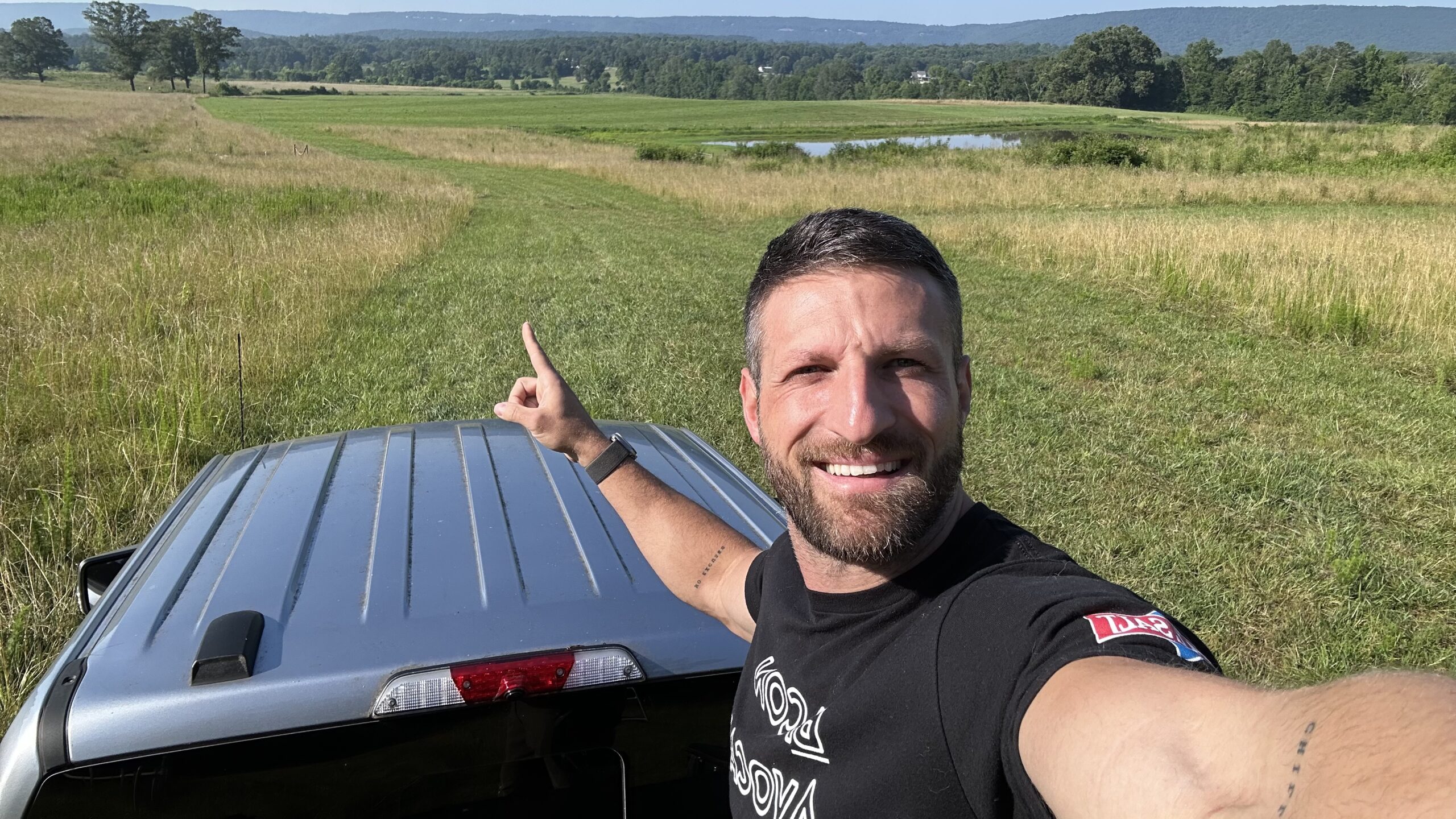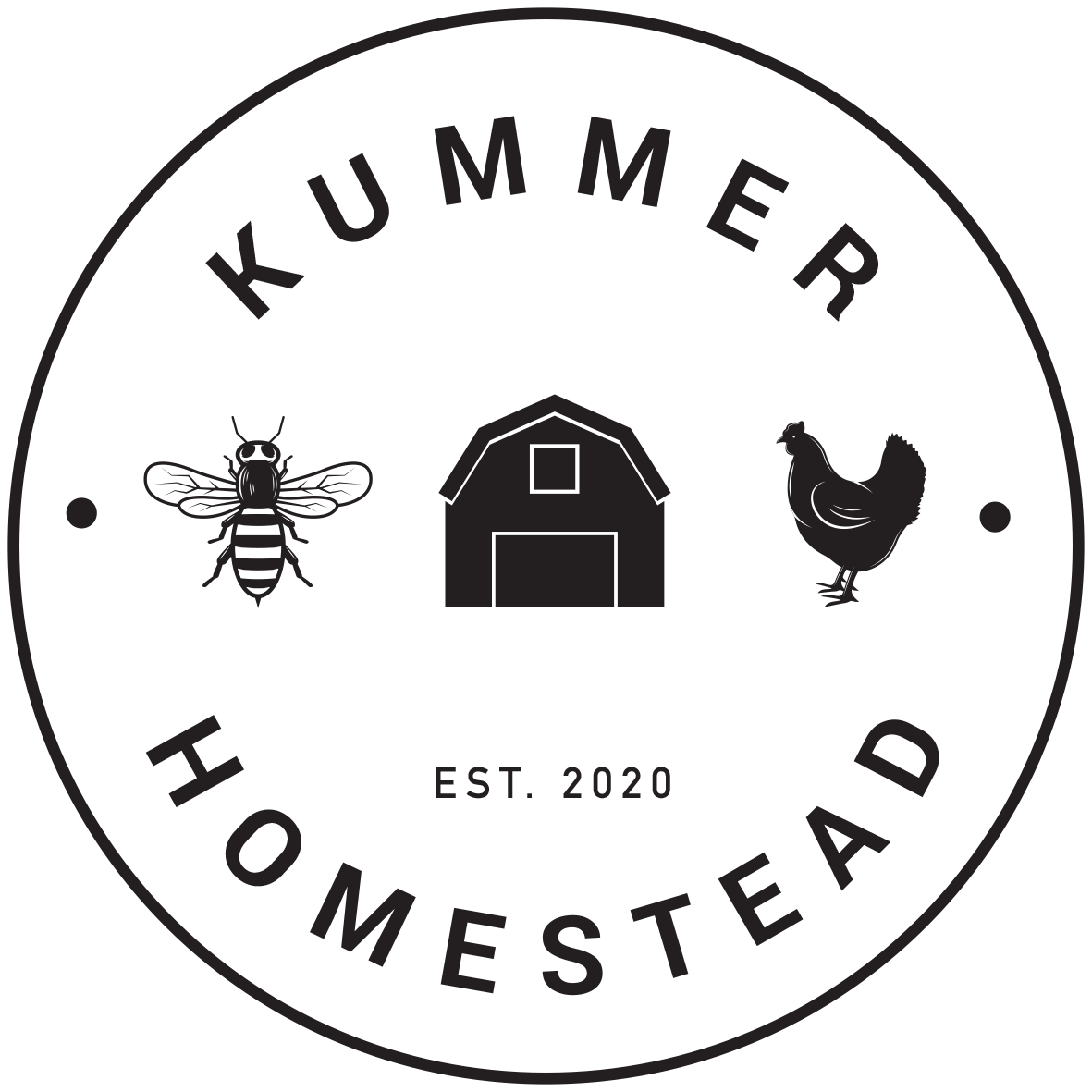Searching for the perfect land to start your homestead can be stressful and sometimes frustrating. When we embarked on finding land to meet our expansion goals, we felt overwhelmed and disappointed by the nearly endless options, as well as the realization that we couldn’t afford the exact property we had been dreaming of.
The good news is that you can still find affordable land to start your dream homestead (even in today’s market conditions) while minimizing frustration. In this article, I’ll share how we approached our land search, including the tools and methodology we used to find a perfect parcel that will allow our family to thrive for the next decade and beyond.
Here are the key takeaways:
- Clearly define your goals. Write down what you’re trying to accomplish on your new land. The requirements for going off-grid, raising ruminant animals or growing a garden might be different, so it’s important to think specifically about the land’s intended uses.
- Set a realistic budget and financing plan. Decide early on if you will buy the land with cash, take out a loan, or use some other financing method. Be sure to factor in the purchase price as well as property improvement costs like land clearing, fencing and utilities.
- Prioritize the right property type. If you’re planning to raise livestock, prioritize open pastureland with plenty of sunlight and reliable water sources. If grassland is your ultimate goal, avoid heavily-wooded lots (or be prepared for the effort and cost of clearing them).
- Consider community and location. The proximity of essential amenities, like feed stores and extension offices, along with neighbors who share similar interests, can significantly impact your quality of life and the long-term success of your farm.
- Check zoning restrictions and oddities. Research any local regulations, conservation easements, or right-of-way restrictions that could limit your homesteading plans.
- Use tools and spreadsheets. Keep detailed records of each property’s size, price, topography, utilities, and zoning in a centralized spreadsheet. Utilize apps like Basemap, GIS portals, and flood zone maps to get a clearer picture of the land.
- Visit properties in person. Check out the surrounding area for amenities, noise levels, potential hazards, and sun exposure. Using a drone for aerial footage can help you better understand the terrain and layout of the property.
- Test the soil and water. Conduct contamination tests through local extension offices to check for heavy metals, chemicals, or lingering pesticides from past land use.
- Build local connections. Establishing relationships with neighbors, local farmers, and trusted service providers is invaluable for troubleshooting problems and getting recommendations. In rural areas, having a strong network can make all the difference.
- Be willing to compromise. Finding the perfect location with the ideal acreage at your desired price point may not be possible. Stay flexible on factors like commute distance or lot size to keep your homesteading goals achievable.
Define Your Goals and Identify Your Needs
Our homesteading goals are to grow food to feed our family, improve our overall health, learn new skills, and enjoy greater independence from supply chain issues and changes in laws and regulations.
We focus on raising livestock because we’re following a dietary framework centered around animal protein, fat and organs. Growing vegetables is part of the equation, but has a much lower priority than producing meat.
Defining a Budget and Financing
My wife and I are fiscally conservative and have always lived below our means regarding significant, recurring expenses such as housing and cars.
Maybe that’s why we didn’t look for farmland until we were 41 and 35, respectively. By then, we had already invested in real estate and owned four single-family homes, including the one we lived in. When it came time to purchase land, our goal was not to spend more than the proceeds from selling one of our properties (about $300,000).
The advantage of purchasing land in cash is that you can leverage the value of the land when applying for a construction loan. For example, if the land you purchase is valued at $100,000, and you want to borrow $300,000 to build a house on that property, the bank will value the entire project at $400,000. This means you can borrow 80% of that amount ($320,000) without bringing any (or little) cash to closing (because the land itself serves as the down payment).
I realize that not everyone can purchase land with cash. The good news is that many lenders offer loans that enable you to buy land and construct a new home. However, doing so might increase your risk and require a higher down payment and cash at closing.
You should also remember that you might need extra cash to develop the property before it’s suitable for farming or constructing a home. For example, we looked at several heavily-wooded properties that would have needed to be cleared first.
Depending on the type and maturity of the trees, clearing them can be a significant expense — although in some cases, you can sell the timber to offset some of the cost. Pine and oak are the most common trees that can be sold for timber, but make sure you research local timber prices, as they can vary widely.
Ultimately, we abandoned the idea of purchasing a wooded property because it would have significantly delayed our ability to raise livestock on it.
Property Type

Based on the goals I outlined above, we knew that grass, water and sunshine were the most critical aspects of our future property. Without adequate pasture, we wouldn’t be able to raise ruminant animals. And without those animals, we wouldn’t be able to improve the soil fertility to grow plants and other animals (e.g., chickens).
Aside from good soil, grass requires water and sunshine to grow. As a result, we knew that our ideal property would be predominantly open pasture and thus decided not to consider heavily-wooded lots.
Open pasture also means plenty of sunshine, so water was the only factor left to consider. Fortunately, we usually get plenty of rain here in Georgia — but we still wanted alternative water sources in case of a prolonged drought. As a result, we favorited properties with an existing water body (e.g., ponds, streams, or springs) or established deep wells.
Property Size
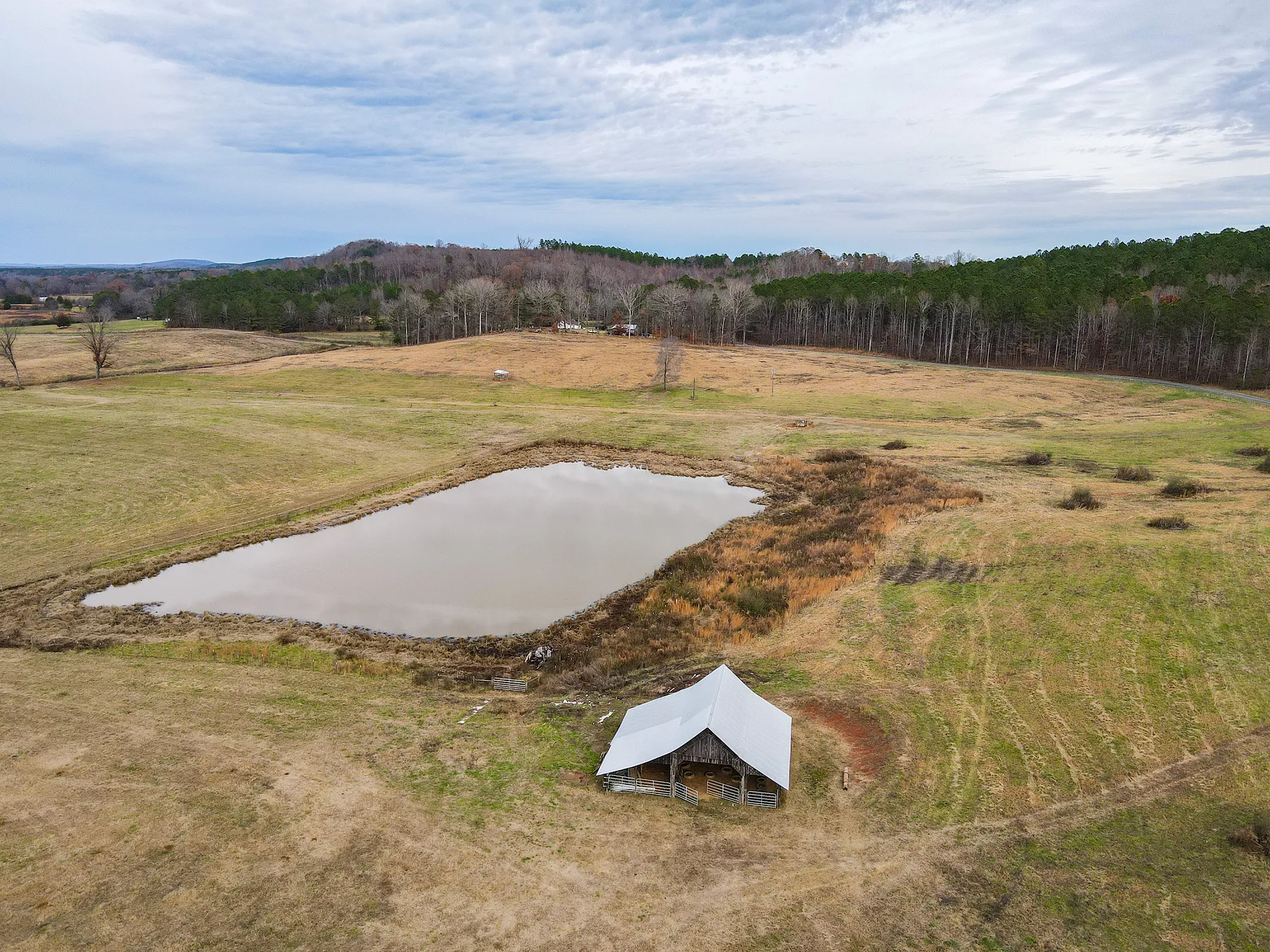
Once we decided on the type of property that would help us achieve our homesteading goals, we had to determine how much land we needed. While I believe one can never have too much land, considering our budgetary constraints, we had to think about what was actually feasible.
As of this writing, we still live on a 1.26-acre property north of Atlanta, and we’re busting at the seams with just chickens, rabbits, geese, turkeys and honeybees.
Our dream is to raise cattle, sheep and pigs (five to 10 heads of each) in addition to the livestock we currently raise, using a permaculture model that includes management-intensive grazing (aka rotational grazing).
Based on those numbers, we figured we’d need about 20 acres to accommodate expansion and grow various fruits and vegetables.
Location
Aside from the size of the property (see below), its location is arguably the most influential factor in property value. Finding a property in the area we wanted was the most challenging aspect of our land search project.
Our initial goal was to find a parcel within an hour’s driving distance from where we currently live. Unfortunately, we quickly realized we couldn’t afford any parcels that met our requirements within that one-hour perimeter. As a result, we had to go back to the drawing board to figure out where we could see ourselves living in the future.
I grabbed a map of Georgia showing all the counties in our state, and together with my wife, I marked the counties we wanted to live in. With this list of counties, we narrowed down our search.
Zoning Requirements, Restrictions and Other Oddities
While searching for the ideal land, we encountered several obstacles we hadn’t initially considered, including:
- Unusual zoning restrictions
- Land conservation easements
- Right-of-way stipulations
For example, one of the properties we liked was located in an equine area with many horse stables. Although the property was zoned for agricultural use, the local regulations prohibited poultry farming and roosters.
Another property we looked at was subject to a land conservation easement that limited its use and building potential. Yet another 100-acre property in our price range had a small cemetery in its center and a right-of-way leading from the public road to that location.
We’re not fans of rules and regulations (beyond common safety standards) that restrict what we can and cannot do on our property. That’s why we narrowed our search to areas with the fewest restrictions and the most liberal zoning laws.
Consider Your Wants
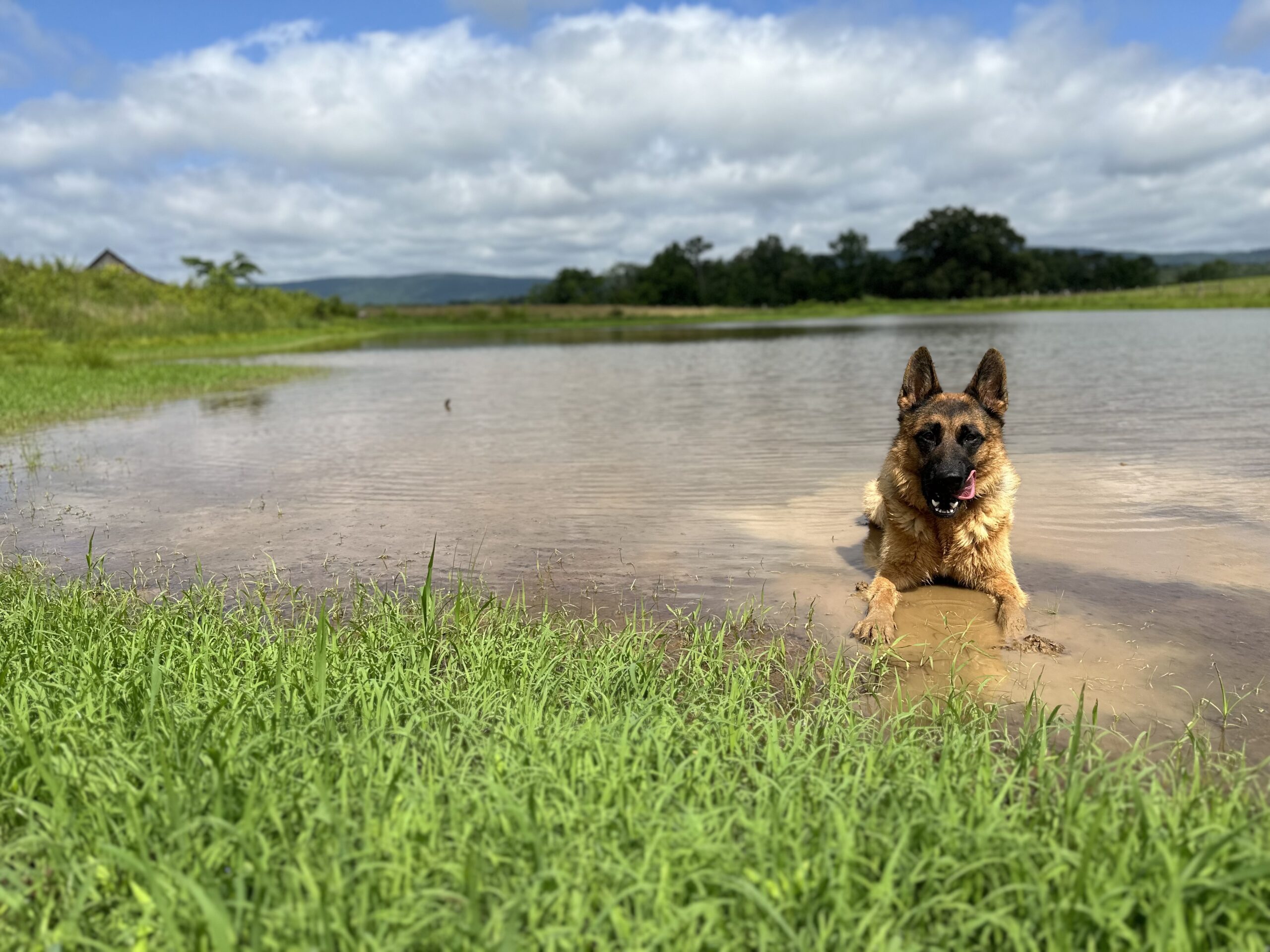
Once we narrowed down our must-haves, we considered additional factors that would make a piece of land more attractive.
For example, it would be nice if our property already had access to utilities (e.g., electricity, internet access, sewer access, and/or public water) or a solid perimeter fence. We also tried to avoid permanent structures or fencing within the property because they would likely hinder our rotational grazing and mobile infrastructure strategy.
How We Searched for Properties
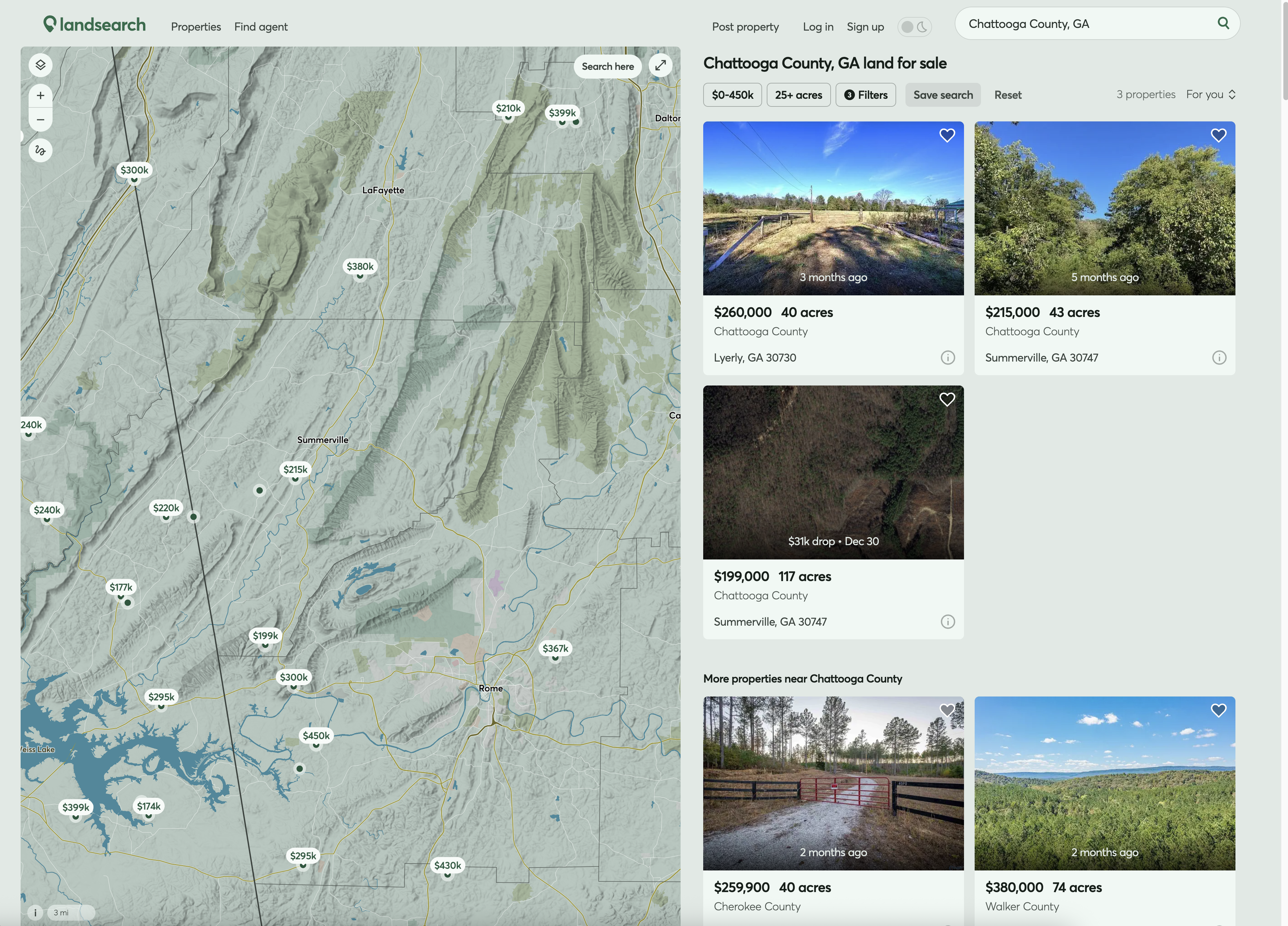
Based on the framework established above, I created a spreadsheet using Google Sheets with numerous columns to help differentiate the various properties we found. The columns we tracked included:
- Favorite
- Property (address linked to the listing)
- Acres
- Price
- Price per acre
- Region (relative to our current location)
- Distance (from our current property)
- Has electric
- City water
- Well
- Sewer
- Septic
- Spring
- Pond
- Fenced
- Topography (e.g., flat, slightly rolling, wooded, etc.)
- Pasture (acres)
- Zoning (to ensure we’re allowed to farm)
- Power lines (I hate power lines on my property)
- Driveway
- Road frontage
- Shape (rectangle, square, etc.)
- Parcel # (to find property records)
- Listing agent
- Status (for sale, under contract, etc.)
- Notes (property description from the listing)
- Agent notes ( from our real estate agent)
- MLS (Listing ID)
Once the spreadsheet was ready, we used Zillow and similar real estate platforms to search for land. Unfortunately, we quickly discovered that most of those platforms are geared toward the residential market and don’t offer some of the filtering criteria we needed to narrow our search.
That’s when I discovered landsearch.com, which was incredibly useful because it allowed us to filter using criteria such as the attributes listed above.
Armed with the list of counties we put together beforehand, we searched for properties that would meet our high-level criteria, including:
- Has house or building: No.
- Size: 25+ acres.
- Price: $0 to $450,000. (Realistically, we didn’t have $450,000 to spend, but I wanted to make sure we didn’t miss out on properties that were listed just outside our price range).
For each county, I favorited each property (on landsearch.com) that looked reasonable and added it as a row to our spreadsheet. I also saved each search on landsearch.com and enabled email notifications in case new properties that matched our criteria popped up over time.
Once we had an initial set of properties, I asked our real estate agent to call the sellers’ agents to obtain more information, which she would then add to the spreadsheet.
Based on that, we would tag our favorite properties in the spreadsheet and schedule an on-site visit.
Visiting Potential Properties
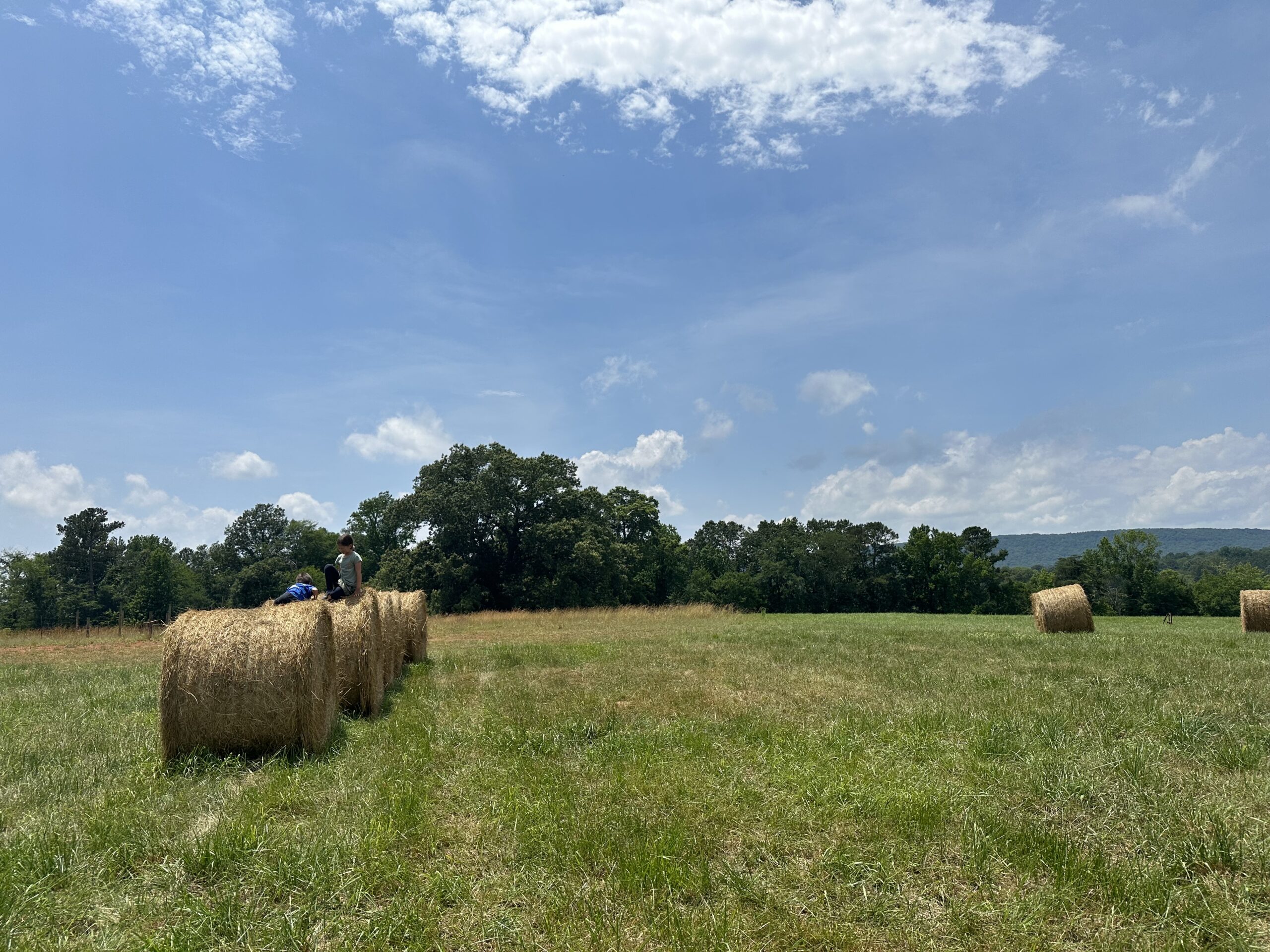
During our first visit to each prospective property, we paid close attention to the area’s appearance and the availability of gas stations, grocery stores, restaurants, hospitals, home improvement stores, and other amenities we would need nearby.
We also looked for other livestock operations in the area that we could contact.
Once we arrived on the property, we noted noise levels (from the street or planes flying overhead), signs of wildlife activity, plant variety and sun exposure. For the latter, we used Lumos, a sun and moon tracker app, to better understand how much sunlight we’d get on different parts of the property throughout the year. (Knowing the sun’s position throughout the year is vital for planning your gardening and house placement.)
We took plenty of notes while all the information we learned was fresh in our minds, and we took plenty of pictures and videos. If we had to do it again, we’d bring a drone to capture aerial footage!
On properties that didn’t have visible property line markers, we used apps such as Basemap to visualize the property’s size. We also pulled county GIS records and the FEMA flood maps to ensure the property wasn’t in a flood zone.
Making an Offer and Closing
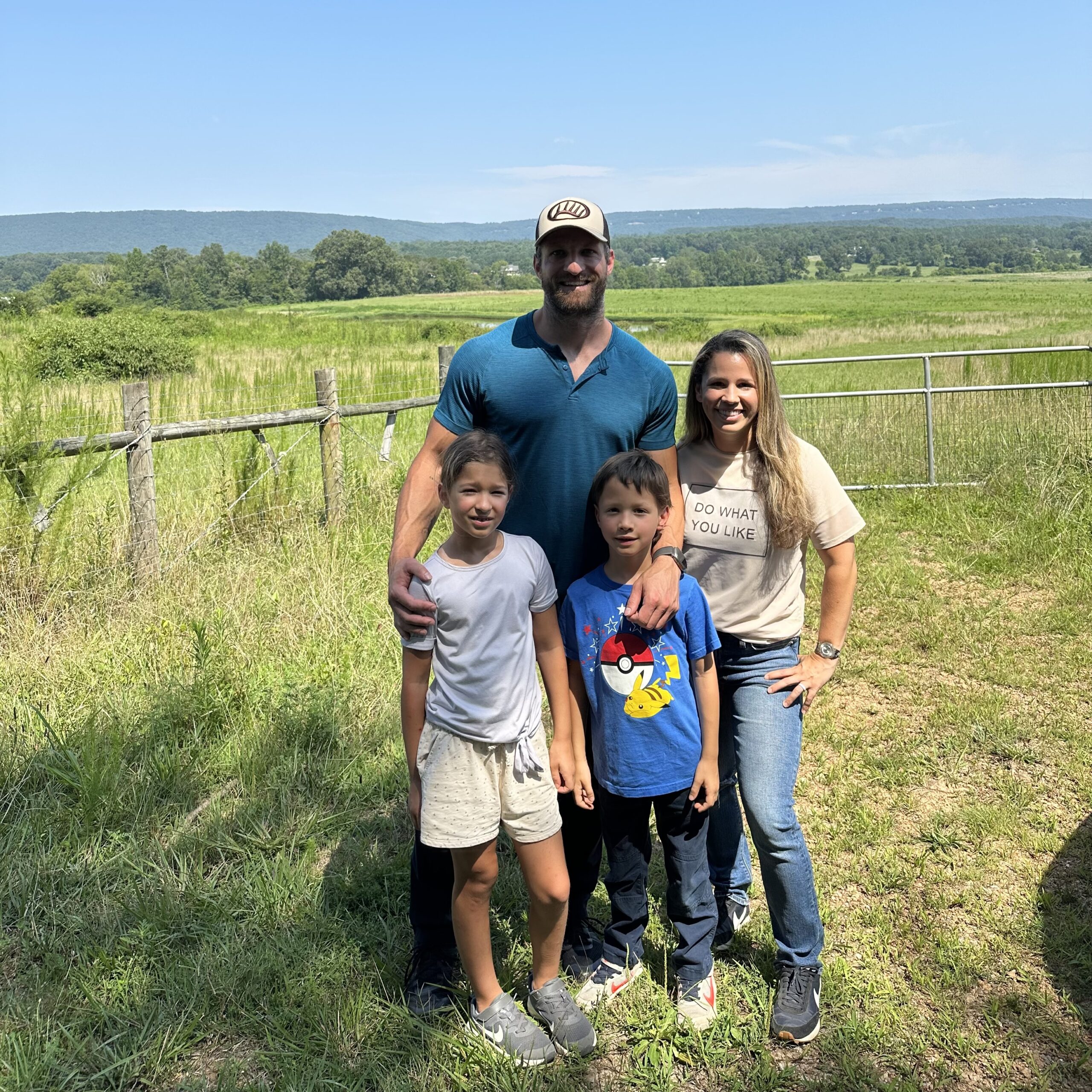
As I searched through the list of properties in the various counties we had identified, I stumbled across a 45-acre lot in Chattooga County. It was all open pasture land with a tensile perimeter fence. Next to the pond was a barn, and there was electricity and two functioning irrigation wells. When I saw the photos of that property, I knew we had found the one we were looking for.
I immediately called our agent to schedule an on-site visit the following weekend. When we stepped on that property, we knew that it had everything we wanted and then some. Most importantly, it was affordable, and we could pay in cash.
Frankly, it seemed too good to be true, so we asked for time to conduct a soil and (well) water test before committing.
In case you’re wondering, we worked with the UGA Extension Office to facilitate our water and soil testing.
Fortunately, all tests came back negative for contaminants such as heavy metals or any issues that would have prevented us from closing the deal.
Additionally, we inquired about past pesticide and chemical use on the property. Fortunately, the property we purchased was only used for cattle and hay production in the past.
The day we closed on the property, we met the sellers for the first time — two brothers in the cattle business. We exchanged contact information, and they introduced us to local resources who knew the property and had previously worked on it. Those connections proved invaluable when we were looking for someone to test our wells and keep the property mowed until we would move there.
Since we purchased the property one and a half years ago, we have gotten to know a dozen people from the area, including our current and future neighbors. In fact, the family who purchased the lot next to ours introduced us to the architect who is currently putting the finishing touches on the plans for our new house.
I can’t overstate the importance of making such connections — especially if you’re moving to an area significantly less populated than the one you currently live in. In our case, we’re move from a relatively affluent and family-friendly area near Atlanta to a rural town with a population of less than 500 as of the 2020 census.
Final Thoughts
Finding the right property to raise your family can be challenging, but it’s possible with the right approach, patience, and willingness to compromise.
Frankly, my wife would prefer our new property to be in our current area rather than Menlo (which is near the Georgia-Alabama border) because we’re used to being close to everything. But we’re willing to compromise by moving away from our friends and all the amenities we enjoy in suburbia in return for getting an opportunity to make our homesteading dream a reality.
The closer we get to breaking ground, the more excited we get at the prospect of looking out of the bedroom window in the morning and seeing cattle grazing in green pastures. It’s been a journey, and we can’t wait for the future. So stay tuned, and let us know in the comments if you have any tips that have helped you find your perfect property.

Michael Kummer is a healthy living enthusiast, the founder of MK Supplements and the host of the Primal Shift podcast. His goal is to help people achieve optimal health by bridging the gap between ancestral living and the demands of modern society. He runs the Kummer Homestead with his wife Kathy and their two children.
